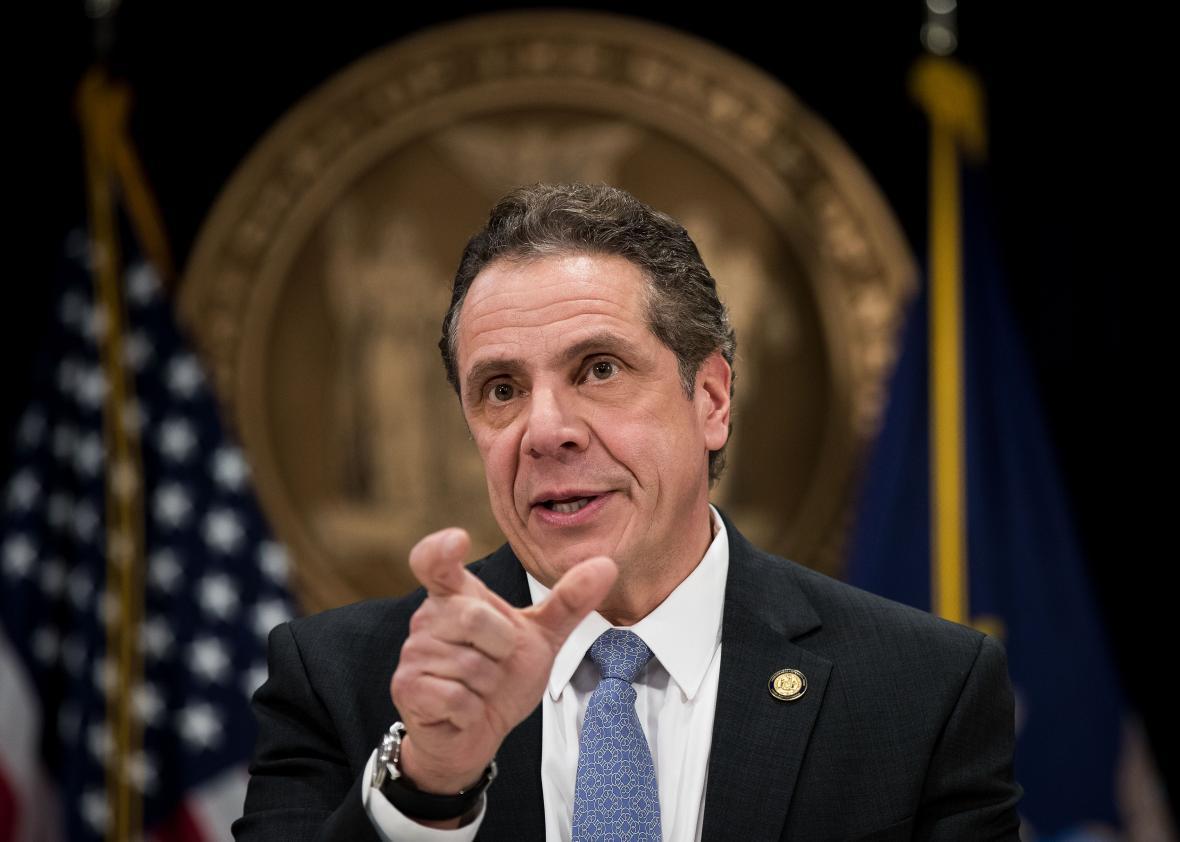My father, a child of the Great Depression, used to say, “for free, take.” But sometimes free isn’t always a good deal. “Free college tuition” is an example of that. New York State’s recently passed Excelsior Scholarship, for instance, provides free tuition for all students whose family income is below $125,000. It is a well-intentioned but flawed policy that is born from misunderstanding college costs and the desire to simply do something. A better understanding of those costs would lead to a better solution.
Let’s consider a specific example. Suppose a student from Syracuse is interested in attending the State University of New York at Binghamton University and Vassar College, a private, liberal arts college not too far away in Poughkeepsie, N.Y. These schools list their costs at $25,000 (in-state) and $68,000, respectively. Binghamton’s stated price is expensive. Vassar’s is exorbitant—only the privileged few can afford that.
How does “free tuition” help at Binghamton? Consider a family at the national median of $55,000; tuition for that student would be free. But of the $25,000 cost, only $6,500 is tuition. The rest represents room and board along with other fees and expenses. That still leaves $18,500. And “free tuition,” under the Excelsior plan, displaces other forms of financial aid, so this family is likely to be stuck with a bill that is not much different than what it would have been otherwise.
What about Vassar? Despite the $68,000 price tag, it may be much less expensive for this family even after “free tuition” at Binghamton. To demonstrate, let’s use MyinTuition, the simple financial aid calculator I created and recently released for Vassar and 14 other schools with similar financial-aid systems. MyinTuition’s mission is to make college costs more transparent so that lower- and middle-income families can make more informed educational decisions. Users provide just six basic financial characteristics to obtain an estimate; it takes them an average of three minutes to complete.
Using this tool, that same family with limited asset holdings would be estimated to pay $8,600 at Vassar, less than half the price it would pay for SUNY-Binghamton. That amount would be similar at any of the other institutions that currently use MyinTuition and many others like them. Is free really better? This comparison is not meant to say that private, liberal arts colleges are a better choice than state schools. But it is useful because it shows that generous financial aid may be better, in many cases, than the lauded “free tuition” plan concocted by New York State.
Misperceptions like this about cost are pervasive and they matter. Surveys of students show that the majority only know the “sticker price” and, indeed, $25,000 is a lot less than $68,000. But what matters isn’t the maximum amount you could pay, but the actual amount you have to pay.
Who does “free tuition” help? Consider a family that makes $125,000. It will qualify and be expected to pay the same $18,500, down from the $25,000 it would otherwise be expected to pay. At Vassar, for that same family with $200,000 in assets (a typical amount for families with that level of income), the cost would rise to around $35,000. So this family benefits from “free tuition.”
The biggest beneficiaries of state support, though, make even more than that. Families at $250,000 or higher would not qualify for free tuition at Binghamton; they would owe the full $25,000. At Vassar, with typical asset holdings, they would likely owe the full amount, $68,000. So the savings of attending Binghamton compared to Vassar is greatest for this family. Therefore, even under the Excelsior plan, these families get the greatest benefit from the system.
To be sure, all of these costs are still high. The family with $55,000 in income will still struggle to come up with $8,000 per year—loans will almost certainly be necessary. Families making $125,000 still need help paying for college. And, in general, only more highly ranked colleges offer as much financial aid as Vassar, although a student applying to Binghamton University would likely be a contender at one of those schools.
But the lesson that state support should better target those with greatest need still stands. It certainly is becoming more true that attaining a middle-class or higher lifestyle requires a college degree. As a society, we do not appear willing to devote the extensive resources necessary to make college truly free for all students. The money that we are going to spend should be devoted to the places where it can make the biggest difference. Enabling as many students as possible from all economic backgrounds to achieve a college education is imperative.
One reason why that simple principle is a difficult one to implement is because our understanding of the true cost of attending college is so limited. Sticker prices are easy to understand. Free tuition is easy to understand. But at the end of the day what matters is what people truly have to pay. That is much harder to understand.
To better assist the families making college decisions and the policymakers trying to make higher education more affordable, we need to do a better job communicating the true cost of attending college. Simple calculators of these costs need to be more pervasive, and the financial aid system itself needs to be simplified to improve everyone’s understanding of college costs. Otherwise, we may be stuck with more plans for “free tuition” that simply aren’t free.
